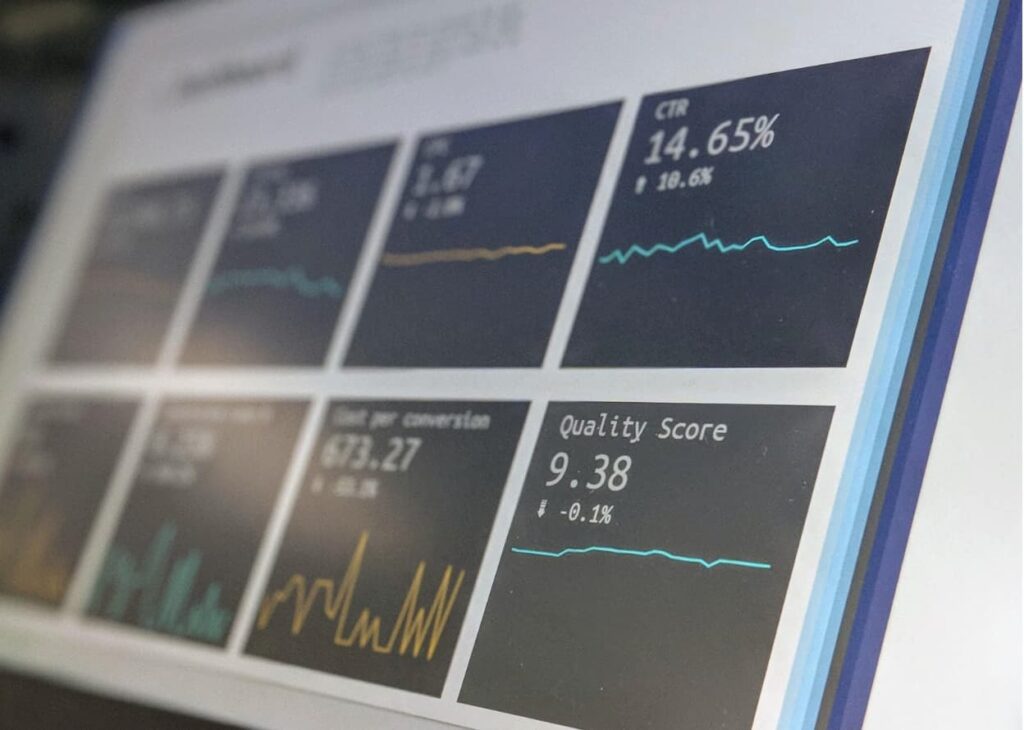& Construction

Integrated BIM tools, including Revit, AutoCAD, and Civil 3D
& Manufacturing

Professional CAD/CAM tools built on Inventor and AutoCAD
3 min read
Most conversations about things that are big and fast revolve around cars, and, while those particular adjectives may be useful descriptors for your new convertible, they’re also helpful in discussions of data. We talk about big data a lot. It populates the news each week and has us asking questions about how we use it, the ethical boundaries that surround it, and the potential positive contributions it is capable of making.
Big data has been around since the late 1990s, when companies needed new and different ways to manage higher volumes of data than they’d ever dealt with before. Offline processing used big data to run search engines; web crawlers processed data and then updated search results in early search engines. But, as our tastes evolved, we wanted instant access to the latest information—news happening this minute, reflected on our screen. We sought to shorten the time between data arrival and the presentation of information at our fingertips.
Which brings us to fast data, which sounds like big data’s smooth-talking cousin. You know, the one who owns his own rip-off used car dealership? Like any smooth-talking, swindling cousin, fast data is really, really good at what it does. Unlike the cousin, however, fast data is actually an improvement on big data, and its speedy title is offered as a compliment, not an insult.
Defining Fast Data

Image source: Pixabay
When comparing big data and fast data, it is easy to get caught in the phrasing. On the surface, fast data sounds like the less desirable of the two, but that isn’t always the case. Identifying the difference isn’t hard. In fact, it’s in the name.
The simple explanation of the two is that big data is data at rest—it’s an enormous collection of data points. On the other hand, fast data is data that is constantly moving; it’s sifting through that big data to find the most valuable information. In big data, a physician examines a history of patient information to recommend treatment. With fast data, a doctor receives information in real time and makes a recommendation for treatment based on what’s being provided to them in the moment. In essence, the doctor is able to process logs upon logs of patient data to find commonalities and patterns, resulting in an even better, more precise diagnosis.
As a patient, fast data provides an experience that typically results in better treatment. If the medical community’s job is to serve patients, it is a worthwhile exploration.
Edge computing is fast data–the process of taking data as it is available from where it is created rather than sending it away to a data center for processing. Edge computing allows for the rapid interpretation of information, which is infinitely useful in situations where time is important. Medicine is a great example of this, because it clearly differentiates between big data and fast data.
So What is Big Data?

Image source: Pixabay
Broadly, big data refers to the application of sets of data that are, unsurprisingly, big. It is voluminous and varied, structured, unstructured, and somewhere in between. Big data is designed to be stored and eventually interpreted and explored, but it isn’t just big. The data sets are so large that traditional software applications are unable to deal with them in a productive way. This is good and bad. Certainly, it adds an additional step, but for people who work as analysts, this means job security.
When big data is functioning at its best, it employs data analysts who are responsible for sorting the data into manageable pieces that can contribute to fast data. But turning big data into fast data requires the assistance of companies like AutoDesk who are striving for industry excellence.
A Winning Combination

Image source: Pixabay
Luckily, big data and fast data, as you may remember, are cousins, and they’re working pretty well together, presenting manageable data sets that offer faster turnaround time and helpful interpretation. Ultimately, it is a discussion of quality over quantity, and, as in most things, the novelty of quantity is quick to expire—but fast data is just what happens when big data evolves.
Just like big data and fast data work together in tandem for excellence, you and your colleagues can design the next big prototype seamlessly with EAGLE. Download your free version today.
By clicking subscribe, I agree to receive the Fusion newsletter and acknowledge the Autodesk Privacy Statement.
Success!
May we collect and use your data?
Learn more about the Third Party Services we use and our Privacy Statement.May we collect and use your data to tailor your experience?
Explore the benefits of a customized experience by managing your privacy settings for this site or visit our Privacy Statement to learn more about your options.